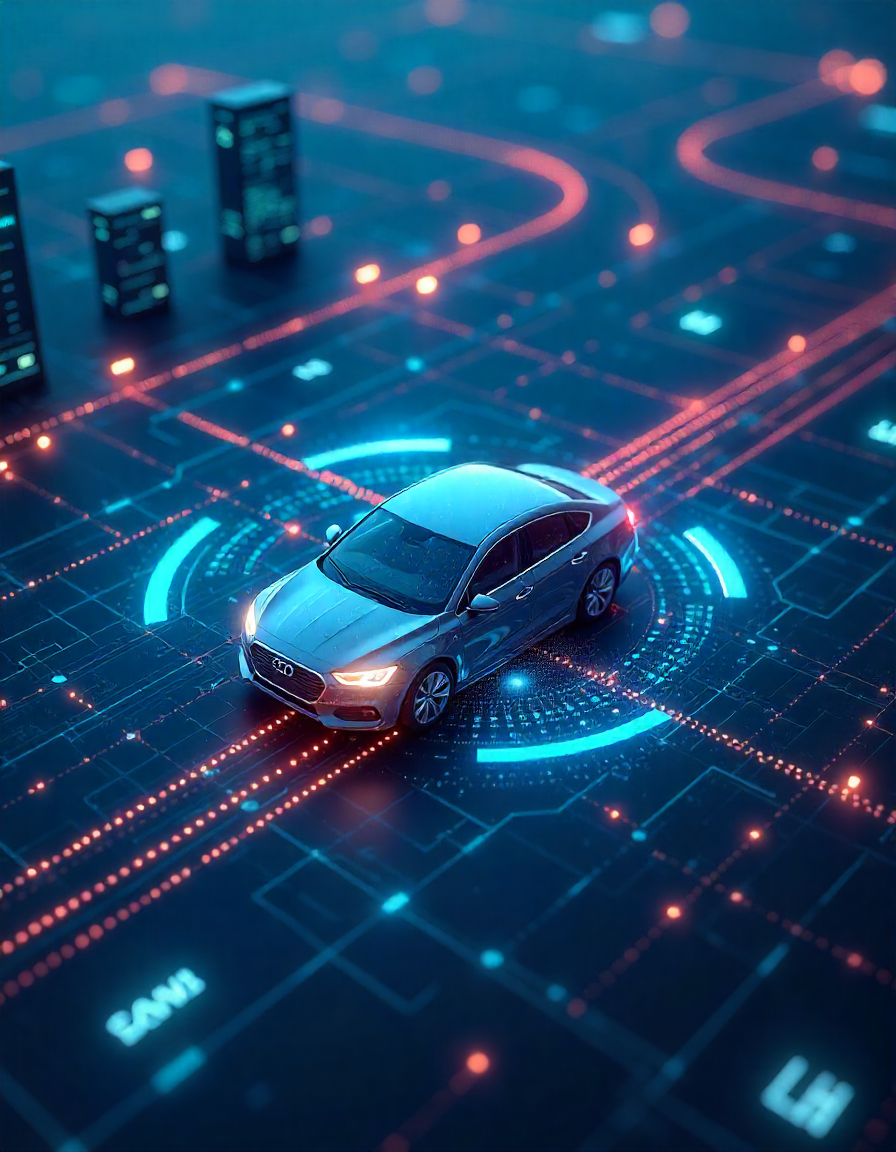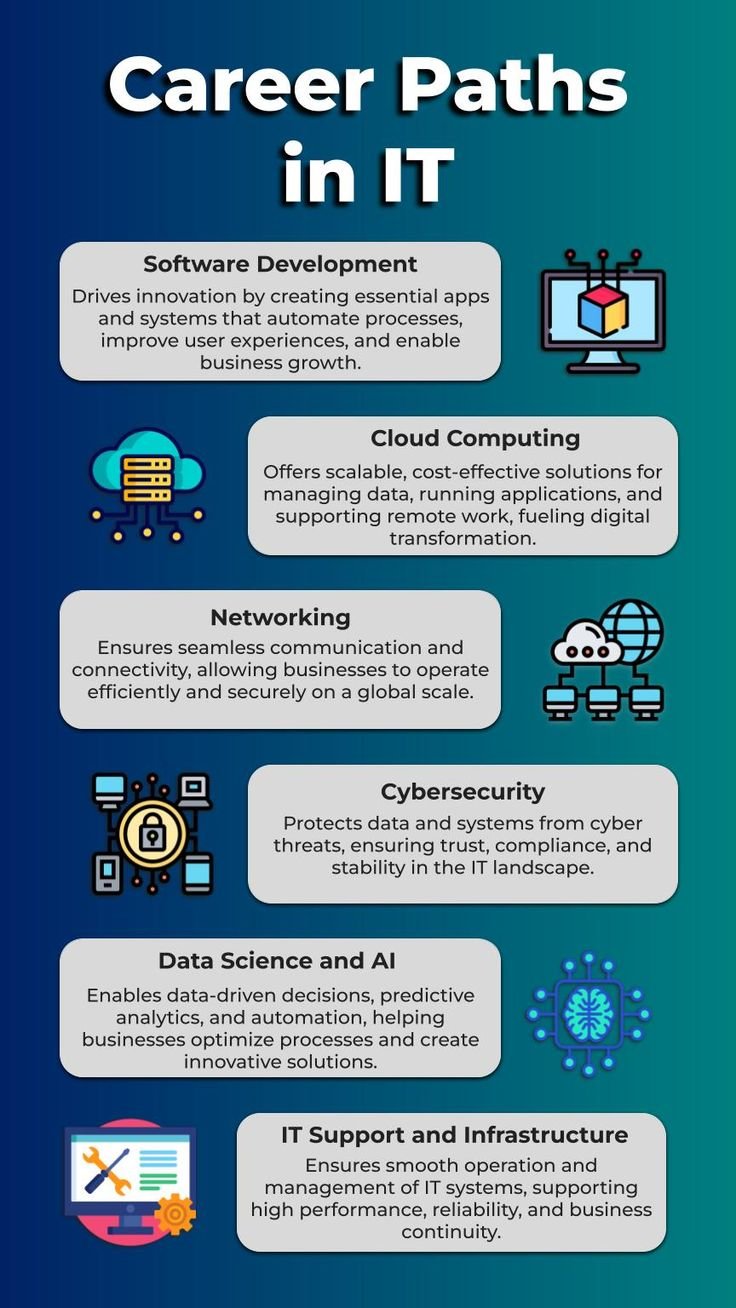The pace of technological advancement shows no signs of slowing down, and with it, the demand for faster, more efficient data processing continues to escalate. Enter edge computing—a paradigm shift poised to redefine how data is processed and utilized in the digital era. This innovative approach bridges the gap between traditional cloud computing and real-time processing, bringing computational power closer to the source of data.
Edge computing isn’t just a futuristic concept; it’s here, actively shaping industries and redefining how businesses operate. This article explores the fundamentals of edge computing, discusses its applications across industries, and highlights the potential it holds for the future of technology.
What Is Edge Computing?
At its core, edge computing involves processing data near the location where it is generated rather than relying solely on centralized data centers. Unlike traditional cloud-based systems—where data travels great distances to reach remote servers—edge computing enables localized processing by using devices like edge servers, routers, and even Internet of Things (IoT) devices.
This decentralized approach to data processing offers several benefits, including reduced latency, improved efficiency, and better data security.
Imagine a smart factory with IoT sensors collecting real-time data from machines. Instead of sending this data to a far-off cloud server for analysis, an edge device within the facility can process and analyze the information instantly. This local processing ensures rapid decision-making, improving operational efficiency.
Key Characteristics of Edge Computing
- Proximity to Data Sources: Computational resources are stationed near the devices generating the data.
- Low Latency: Edge computing minimizes delays by reducing the time needed to transfer data to and from centralized servers.
- Scalability: Edge computing systems are highly scalable, allowing organizations to expand processing capabilities as needed.
- Enhanced Security: Keeping sensitive data close to its source minimizes the risk of interception during long-distance transfers.
Why Is Edge Computing Important?
Edge computing has emerged as a crucial technology due to limitations associated with centralized computing. While cloud computing revolutionized data accessibility and storage, it struggles to meet the demands of latency-sensitive applications, massive IoT networks, and data-intensive operations. Here’s how edge computing addresses these issues:
1. Enabling Real-Time Applications
Certain industries and applications—like autonomous vehicles, remote surgery, and gaming—demand accuracy measured in milliseconds. Edge computing ensures real-time processing by eliminating the delays associated with transmitting data to distant cloud servers.
Example
Autonomous vehicles rely on edge systems to process sensory inputs like speed, obstacles, and surrounding conditions. Any delay in processing could jeopardize passenger safety.
2. Supporting IoT Growth
The Internet of Things consists of billions of connected devices generating a constant stream of data. Centralized systems struggle to scale and manage such enormous volumes. Edge computing lightens this burden by distributing data processing across localized devices, improving network performance.
3. Reducing Bandwidth Costs
Transferring large datasets to the cloud is not only time-consuming but also expensive, especially with restricted network bandwidths. By analyzing and filtering data at the edge, only essential information is sent to the cloud, optimizing bandwidth usage.
4. Mitigating Network Vulnerabilities
Data transmission over long distances increases exposure to cyber threats. Edge computing reduces reliance on such transfers and processes sensitive data locally, enhancing protection against breaches.
Applications of Edge Computing Across Industries
Edge computing is far from a one-size-fits-all solution. Its versatility allows it to power innovation in various sectors, each benefiting from its unique advantages.
1. Healthcare and Telemedicine
The healthcare industry is increasingly adopting edge computing to improve patient care, especially in remote areas. By incorporating edge devices within medical equipment, doctors can access real-time patient data during diagnoses and treatments.
Use Case
Portable diagnostic devices equipped with edge computing capabilities can process patient data locally and send summarized insights directly to healthcare providers. This approach drastically reduces delays in urgent situations, such as diagnosing strokes or heart attacks.
2. Manufacturing and Industry 4.0
Smart factories, a key component of Industry 4.0, rely on automation, predictive maintenance, and IoT for efficiency. Edge computing enables these facilities to operate seamlessly by processing machine data in real time.
Use Case
Edge-driven predictive maintenance allows manufacturers to monitor equipment conditions and identify potential issues before breakdowns occur. This not only minimizes downtime but also extends machine lifespan.
3. Retail and Consumer Experience
Retailers are using edge computing to personalize customer experiences and optimize operations. From in-store analytics to autonomous checkout systems, edge technology enhances efficiency while maintaining data privacy.
Use Case
Smart shelves equipped with edge sensors can track product inventory in real time, alerting retailers when items need replenishment. Edge-powered kiosks, meanwhile, enable customers to enjoy instant recommendations tailored to their preferences.
4. Smart Cities
Urban centers are turning to edge computing to improve infrastructure and support the sustainable development of smart cities. By processing data from sensors, cameras, and IoT devices locally, cities can optimize services like traffic management, energy consumption, and waste disposal.
Use Case
Smart traffic lights that adjust signal timings based on real-time traffic flow data are a practical example of edge computing in action. These systems reduce congestion and improve urban mobility.
5. Energy and Utilities
The shift toward renewable energy sources relies on edge solutions to manage distributed energy systems. Edge technology facilitates real-time monitoring of solar panels, wind turbines, and power grids, ensuring efficient energy distribution.
Use Case
Microgrids integrated with edge devices can autonomously manage energy loads, balancing supply and demand across a community without relying on centralized systems.
Challenges in Implementing Edge Computing
Despite its advantages, adopting edge computing comes with a set of challenges that organizations must address:
1. Infrastructure Costs
Setting up edge devices and systems entails upfront expenses, especially for businesses transitioning from traditional cloud models.
2. Device Management and Compatibility
Managing multiple edge devices across various locations can be complex. Ensuring compatibility between hardware, software, and legacy systems adds to the challenge.
3. Data Security and Privacy
While localizing data enhances security, edge computing creates multiple processing points, each of which must be adequately protected against cyber threats.
4. Skilled Workforce
The implementation and maintenance of edge infrastructure require expertise in areas such as edge deployment, networking, and IoT, making the availability of a skilled workforce critical.
Future Trends in Edge Computing
Edge computing is poised to redefine the tech landscape as it evolves further. Here are some emerging trends to watch:
1. 5G Deployment
The rollout of 5G networks will enhance edge computing capabilities by improving connectivity and data transfer speeds. This combination will accelerate the adoption of edge-powered applications like AR/VR and autonomous vehicles.
2. AI-Powered Edge Devices
Integrating artificial intelligence with edge computing will unlock smarter, autonomous systems capable of performing complex analyses without human intervention.
3. Edge-to-Cloud Integration
Rather than replacing cloud technology, edge computing complements it. The convergence of edge and cloud systems will drive hybrid models that maximize efficiency and flexibility.
4. Sustainability Focus
Edge computing’s ability to minimize energy consumption and bandwidth wastage aligns seamlessly with the global push toward sustainability, making it an integral part of eco-friendly tech initiatives.
5. Edge Computing in Everyday Devices
Soon, everyday devices like smartphones, home appliances, and wearables will become even smarter, equipped with edge computing capabilities to deliver enhanced functionality and user experiences.
Final Thoughts
Edge computing represents a monumental shift in how we process, analyze, and utilize data. By bringing computational power closer to the source of data, this technology is unlocking the potential for real-time applications, optimized IoT systems, and enhanced operational efficiency. From healthcare to smart cities, edge computing is driving innovation across industries, paving the way for a more connected and resilient future.
While challenges remain, the convergence of edge computing with emerging technologies like AI and 5G provides exciting opportunities for growth and transformation. Whether you’re a business leader, a tech enthusiast, or an everyday consumer, edge computing is a trend worth watching as it continues to evolve and impact our digital lives.







